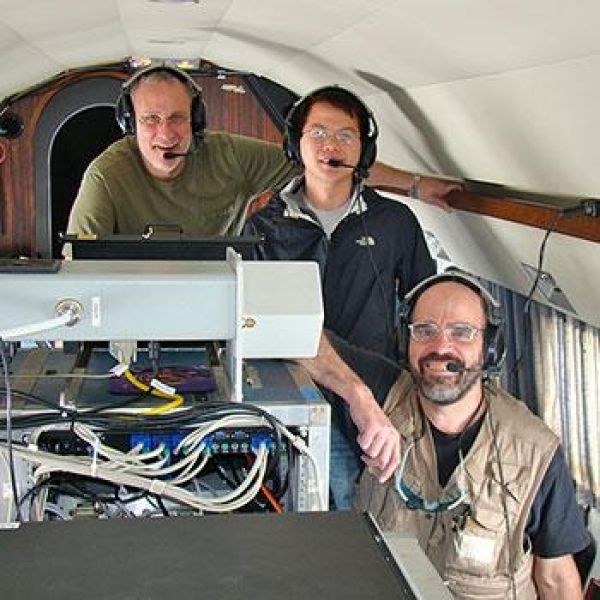New results from an atmospheric study over the Eastern North Atlantic reveal that tiny aerosol particles that seed the formation of clouds can form out of next to nothingness over the open ocean. This “new particle formation” occurs when sunlight reacts with molecules of trace gases in the marine boundary layer, the atmosphere within about the first kilometer above Earth’s surface. The findings, published in the journal Nature Communications, will improve how aerosols and clouds are represented in models that describe Earth’s climate so scientists can understand how the particles—and the processes that control them—might have affected the planet’s past and present, and make better predictions about the future.
“When we say ‘new particle formation,’ we’re talking about individual gas molecules, sometimes just a few atoms in size, reacting with sunlight,” said study co-author Chongai Kuang, a member of the Environmental and Climate Sciences Department at the U.S. Department of Energy’s Brookhaven National Laboratory. “It’s interesting to think about how something of that scale can have such an impact on our climate—on how much energy gets reflected or trapped in our atmosphere,” he said.
Read more at: DOE/Brookhaven National Laboratory
Brookhaven Lab atmospheric scientist Chongai Kuang (center) with Art Sedlacek (left) and Stephen Springston (right) aboard ARM's Gulfstream-159 (G-1) aircraft during a 2010 atmospheric sampling mission that was not part of this study. (Photo Credit: U.S. Department of Energy Atmospheric Radiation Measurement (ARM) user facility.)


